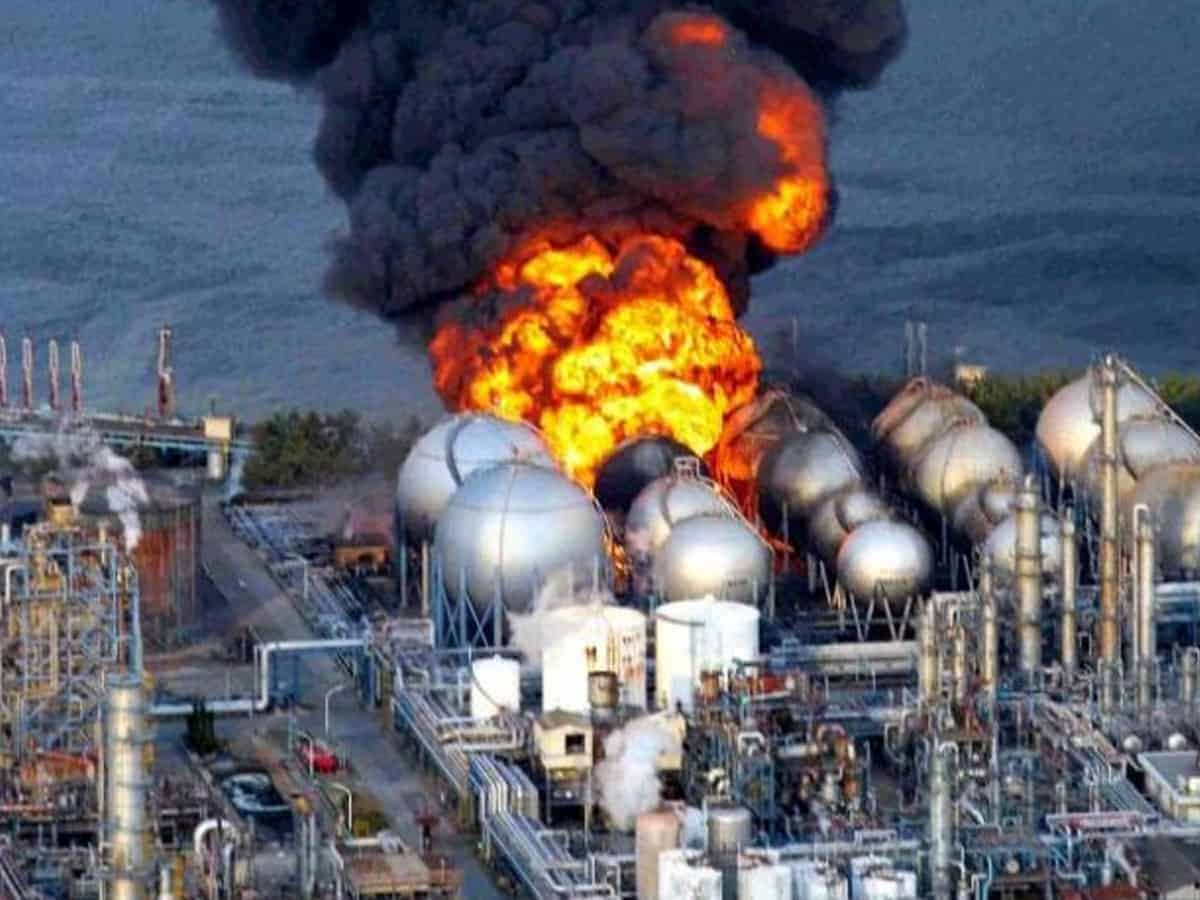Tokyo: An International Atomic Energy Agency mission arrived in Japan on Monday to help prepare for a decades-long release into the ocean of treated but still radioactive water from the wrecked Fukushima nuclear plant, officials said.
The three-member team will meet with officials in Tokyo and travel to the Fukushima Daiichi plant to discuss technical details with experts until Friday, IAEA and Japanese officials said.
The team, headed by Lydie Evrard, head of the IAEA’s Department of Nuclear Safety and Security, is gathering information to prepare a review of the discharge plans.
The Japanese government and the plant’s operator, Tokyo Electric Power Company Holdings, announced plans in April to start releasing the water in the spring of 2023 so hundreds of storage tanks at the plant can be removed to make room for other facilities needed for its decommissioning.
The idea has been fiercely opposed by fishermen, residents and Japan’s neighbours, including China and South Korea.
The utility plans to send the water through an undersea tunnel and discharge it from a location about 1 kilometer (0.6 mile) away from the coastal power plant after further treating and diluting it with large amounts of seawater.
The Agency is supporting Japan to ensure that the entire operation to discharge the water over the coming decades is conducted in a way that is consistent with international safety standards, IAEA Director General Rafael Mariano Grossi said in a statement.
He said the team will discuss the timeline for IAEA reviews to ensure the water discharge is conducted in a safe and transparent manner.
Japan has requested IAEA’s assistance to ensure the discharge meets international safety standards and to gain the understanding of the international community.
A massive earthquake and tsunami in 2011 severely damaged three reactors at the Fukushima Daiichi plant, causing contaminated cooling water to leak.
The water has been stored in about 1,000 tanks which the operator says will reach their capacity late next year.
Japanese officials say disposal of the water is required for the decommissioning of the plant, and that its release into the ocean is the most realistic option.
Government and TEPCO officials say tritium, which is not harmful in small amounts, cannot be removed from the water, but all other isotopes selected for treatment can be reduced to safe levels.
Controlled release of tritium from normal nuclear plants is a routine global practice, officials say.
A separate IAEA taskforce has regularly reviewed and provided technical assistance for the plant’s overall decommissioning.

